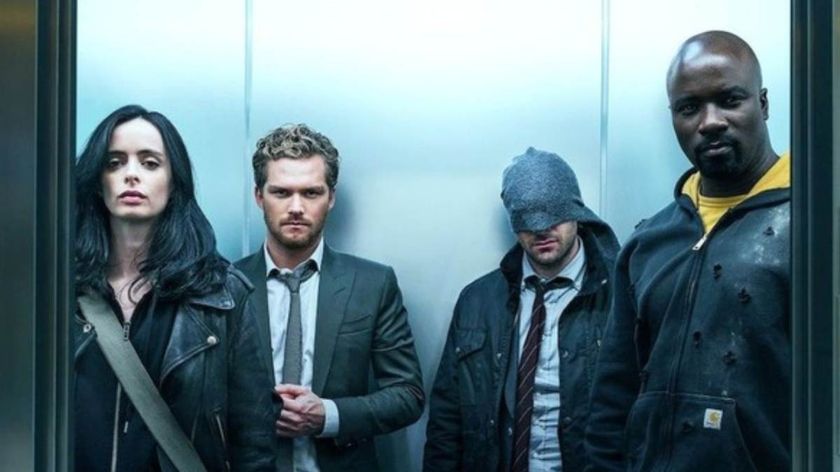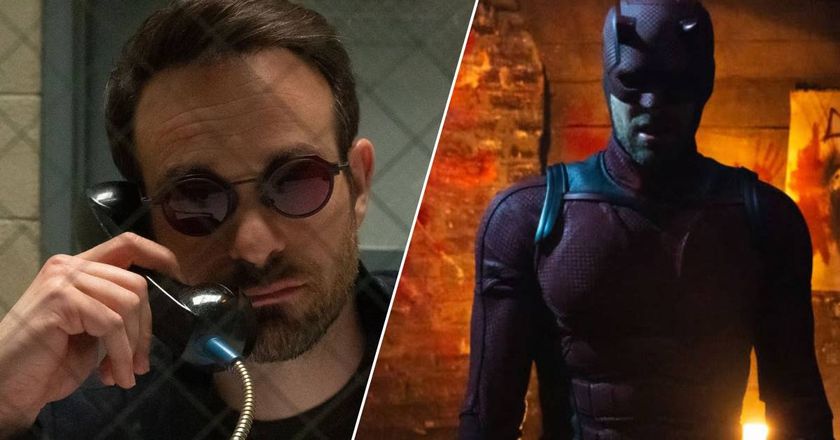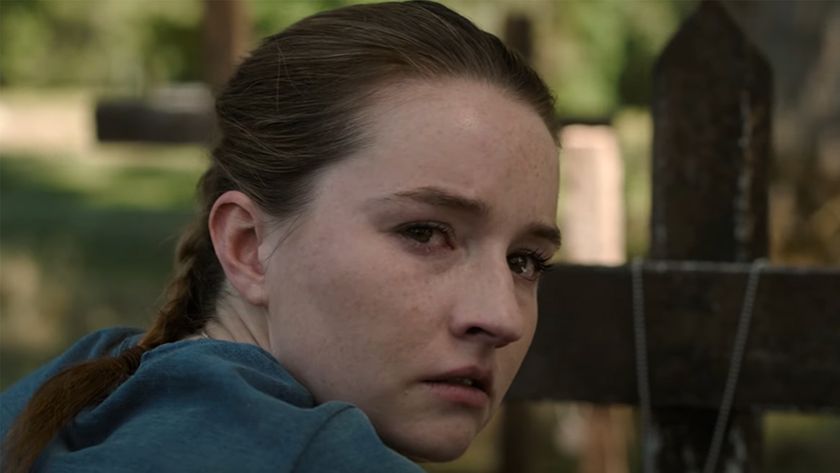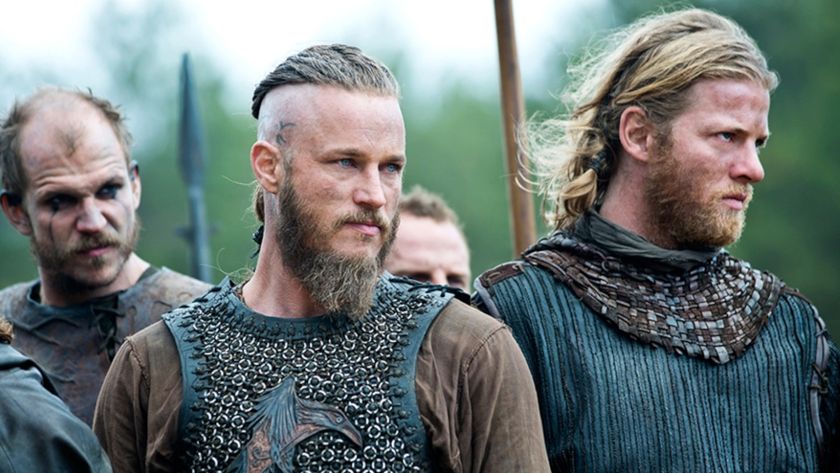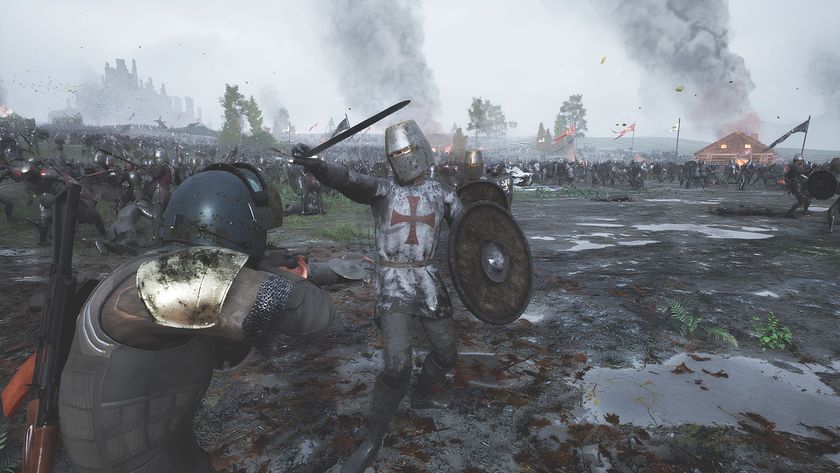The Godzilla director talks reinventing cinema's biggest lizard.
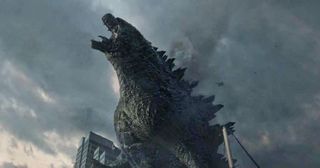
When you're making a movie about an icon like Godzilla, how did you approach shaping the character?
At the start of the process I felt that in some way we could decide and control who Godzilla was. And a strange thing that came from it was that, as we went along, you start to realize that Godzilla was going to tell us who he was, just like actors who have their own take on their characters. Strangely, we couldn’t totally dictate what it was going to be. It was more about just trying different ideas and permutations, and, of all the options, there was always one that was strongest. And slowly he revealed himself to us.
One of the conversations you get into with the animators quite often is they would say, "If this was a real human, a real character, who would he be?" And after thinking about it for a while, the thing we came up with was that he was sort of like the last samurai. It was that idea of a lone, ancient warrior that would prefer to just not be part of the world if he could and be left alone, but events in the world force him to resurface.
It was very interesting with all these ideas, even designing his look. We have a set of instinctive reactions to animals that have evolved over millions of years, and you basically try different things until you feel the right emotion when you see him.
I wanted to get something that was very noble. And we tried the obvious things, like bear faces and dogs. But something that felt the most noble was a bird of prey, like an eagle. Eagles have their eyebrows very, very close to their nose, so we made his snout very high up, just near his brow line, and it gives him this look of nobility.
So, it was just trial and error. You try something and the strongest choice becomes clear, and before you know it, you’ve gone down this path and found Godzilla. But it wasn’t easy. I thought it was going to be an easy journey because, obviously, Godzilla has been in so many Japanese films. But, actually, it took us about a year to get the design right and to figure out his behavior as well. Is he an animal? Does he fight just like an animal or has he got more of a human-like nobility to him? There was always a fine line between making him too animalistic and making him too human.
Sign up to the SFX Newsletter
Get sneak previews, exclusive competitions and details of special events each month!
How did you decide on his characteristic roar?
Erik Aadahl, who’s one of the sound designers, really has all the secrets about the roar. He won’t actually tell me how he’s achieved a lot of the sound effects because often these things are achieved through the most bizarre ways. They’re not even animals sometimes, so he doesn’t want me to know because he thinks, "Oh, they won’t be able to enjoy the film as much." But I know for a fact, like the original Japanese Godzilla role, it seems to have been some sort of fluke where they had a double bass instrument, and –don’t ask me why – but they scraped a leather glove down it and got this unique, what sounded like an animal roar, and it was used over and over again in every Godzilla movie. So it’s become the iconic sound for him.
And, obviously, that was recorded in the '50s, and we’re doing this in Dolby Atmos, so it wasn’t an option to use that particular sound. Toho sent it over to us, so we’ve analysed it. But we wanted to update it. In the sound department there is a double bass and a leather glove, and I think they tried lots of different experiments. But what they landed on wasn’t with an amalgamation of a double bass and those things. So I actually don’t know. Erik refuses to tell me.
Is it true that you wanted to play the roar on set for the actors?
Initially, that wasn’t the idea. But what happened was we have a lot of scenes where a giant monster is over our main characters and they have to react to it. We’d already animated this stuff with previs [previsualisation], and we could show the actors what they would be doing, where Godzilla would be and what the shots were for this scene, and they would understand.
But then, when we were filming, everyone’s got different ideas in their head about the timing. So, to get the timing synchronized, you'd be shouting out direction through a microphone, "Okay, he’s coming! Okay, he’s starting to appear! Back off, back off!" And I found that me saying it was not giving the right reactions. So what I started doing is, I have an IPod with my previs on it, which had all the sound effects on it as well, and I just put the microphone against the IPod speaker, so all these roars would come out at the right times. And it actually was really effective. You can really tell the difference, I think, between the takes where there was no sound being played on set and the ones where we had Godzilla’s roar blasting out, because there’s something really primal about it, and I think you can’t help but respond to that.
What was your approach to integrating Godzilla with a human story?
For me, these sort of movies, as exciting as they are, are not as powerful or effective if you don’t care about the characters that are caught up in the event. So from day one, it was really important to all of us that we try and create characters that you can relate to. They’re not super heroes or anything. The heart of our story has been the everyday family who experience this tragedy 15 years ago.
The kind of movies I grew up with, like the early Spielberg movies, were perfection at weaving relatable human drama through these fantastic events. And we were certainly sort of harking back to that era of filmmaking when we were conceiving the movie.
In terms of revealing Godzilla, obviously you can create a story and then you can just lay Godzilla over it, and for some people that would work fine. But the real trick was trying to come up with characters who were affected by the events in such a way that their story became very much part of this Godzilla movie.
You know, there’d be thousands of stories to tell if this sort of event really happened, so for us, it was like looking at something like World War II and trying to find amongst all these millions of people which family or which character had the biggest emotional journey through it all. And that was very hard to find. It took about a year and a half to land on something that we felt was good enough, really.
Godzilla is released on Blu-ray 3D, Blu-ray and DVD on Monday 27 October.
SFX Magazine is the world's number one sci-fi, fantasy, and horror magazine published by Future PLC. Established in 1995, SFX Magazine prides itself on writing for its fans, welcoming geeks, collectors, and aficionados into its readership for over 25 years. Covering films, TV shows, books, comics, games, merch, and more, SFX Magazine is published every month. If you love it, chances are we do too and you'll find it in SFX.
